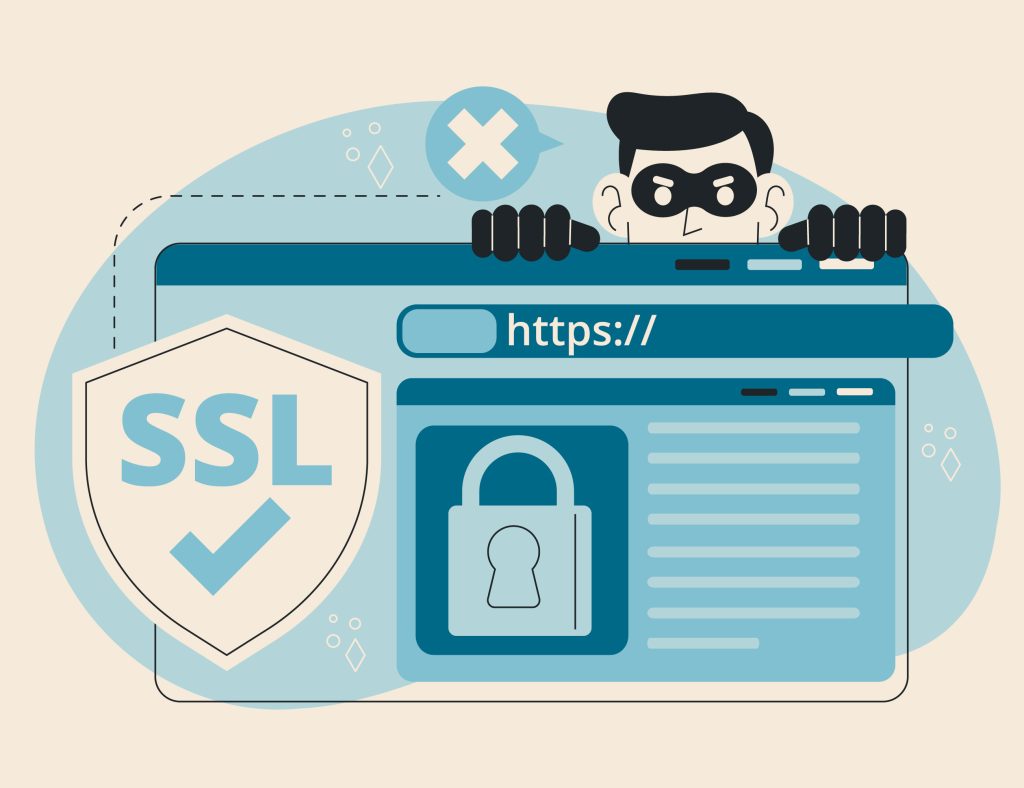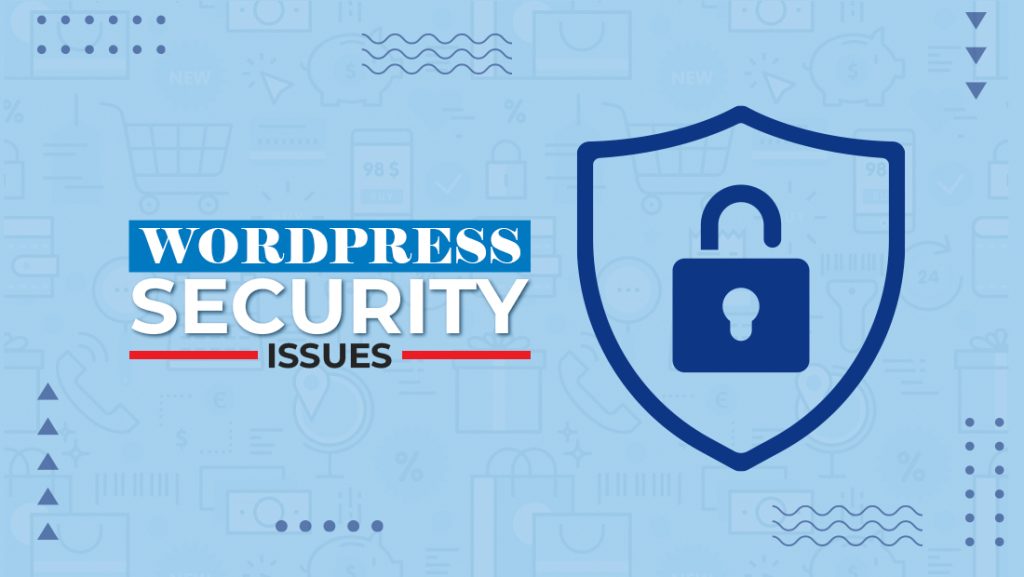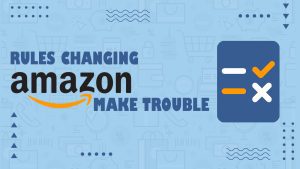Table of Contents:
Introduction to WordPress Security Issues:
Understanding the Importance of WordPress Security
Common WordPress Security Issues
- 2.1. Brute Force Attacks
- 2.2. Vulnerable Plugins and Themes
- 2.3. SQL Injection
- 2.4. Cross-Site Scripting (XSS)
Essential Security Measures
- 3.1. Regular Backups
- 3.2. Secure Hosting
- 3.3. Web Application Firewall (WAF)
- 3.4. User Permissions
- 3.5. Security Plugins
Conclusion
Introduction to WordPress Security Issues:
WordPress Security issues plays a vital role and every user must have a how know. IN an increasingly digital world, the security of your WordPress website is of paramount importance. With millions of websites powered by WordPress, it has become an attractive target for hackers and malicious actors. Understanding and addressing WordPress security issues is crucial to safeguarding your website and the sensitive data it may contain.
In this comprehensive guide, we will explore various security threats and issues that WordPress websites face and delve into the measures you can take to protect your online presence. By the end of this article, you’ll have a clear understanding of how to fortify your WordPress site against potential vulnerabilities.
Common WordPress Security Issues:
What are Brute Force Attacks in WordPress Security Issues?
Brute force attacks involve cybercriminals attempting to gain access to your website by trying multiple username and password combinations until they find the correct one.
How to Address Brute Force Attacks:
- Use Strong Passwords: Ensure you and your users use complex, unique passwords.
- Implement Login Lockdown: Limit login attempts and temporarily block IP addresses after multiple failed logins.
- Two-Factor Authentication (2FA): Enable 2FA for an additional layer of security.
What are Vulnerable Plugins and Themes in WordPress Security Issues?
Outdated or poorly coded plugins and themes can introduce vulnerabilities to your site, making it susceptible to attacks.
How to Address Vulnerable Plugins and Themes:
- Regular Updates: Keep your plugins and themes up to date.
- Quality Assurance: Choose well-maintained, reputable plugins and themes.
- Remove Unused Plugins: Deactivate and delete any plugins or themes you no longer need.
What is SQL Injection in WordPress Security Issues?
SQL injection occurs when hackers manipulate input fields to execute arbitrary SQL queries on your site’s database.
How to Address SQL Injection:
- Prepared Statements: Use prepared statements and parameterized queries in your code.
- Web Application Firewall (WAF): Consider a WAF to filter out malicious requests.
- Plugin Auditing: Regularly audit and update your plugins to patch vulnerabilities.
What is Cross-Site Scripting (XSS) in WordPress Security Issues?
XSS attacks involve injecting malicious scripts into your site, which can then be executed by unsuspecting visitors.

How to Address Cross-Site Scripting (XSS):
- Input Validation: Sanitize user inputs to prevent script execution.
- Content Security Policy (CSP): Implement a CSP to control script sources.
- Security Plugins: Use security plugins that can help detect and prevent XSS attacks.
Essential Security Measures:
Why are Backups Essential?
Regular backups serve as a safety net in case of a security breach, allowing you to restore your site to a previous, uncompromised state.
How to Implement Regular Backups in WordPress Security Issues:
- Automated Backups: Use backup plugins to schedule automated backups.
- Offsite Storage: Store backups in secure, offsite locations.
- Test Restorations: Periodically test the restoration process to ensure it works.
Why is Secure Hosting Important?
Your choice of hosting provider can significantly impact your site’s security. Opt for a reputable hosting company that prioritizes security.
How to Choose a Secure Hosting Provider:
- Check Security Features: Ensure your hosting provider offers robust security features.
- Read Reviews: Research and read reviews about the hosting provider’s security track record.
- SSL Certificate: Use SSL encryption to secure data transmission.
Why Use a Web Application Firewall (WAF)?
A WAF acts as a protective barrier, filtering out malicious traffic and requests before they reach your website.
How to Implement a WAF:
- Choose a WAF Provider: Select a reliable WAF service.
- Configure WAF Rules: Customize the WAF rules to match your site’s needs.
- Monitor and Update: Regularly monitor and update your WAF settings.
Why Manage User Permissions?
Limiting user privileges can prevent unauthorized access and reduce the risk of security breaches.
How to Manage User Permissions:
- Role-Based Access: Assign appropriate roles with specific permissions.
- Remove Unused Accounts: Delete or disable accounts no longer in use.
- Password Policies: Enforce strong password policies for users.
Why Use Security Plugins?
Security plugins offer a range of protective features, from malware scanning to firewall protection.
How to Choose and Configure Security Plugins:
- Research Plugins: Explore and select a reputable security plugin.
- Configure Settings: Customize the plugin settings to match your security needs.
- Regular Scans: Set up regular malware scans and security checks.
Conclusion
Securing your WordPress website is an ongoing process that requires vigilance and proactive measures. By understanding the common security threats and implementing the essential security measures, you can significantly reduce the risk of security breaches and keep your website and its visitors safe.





